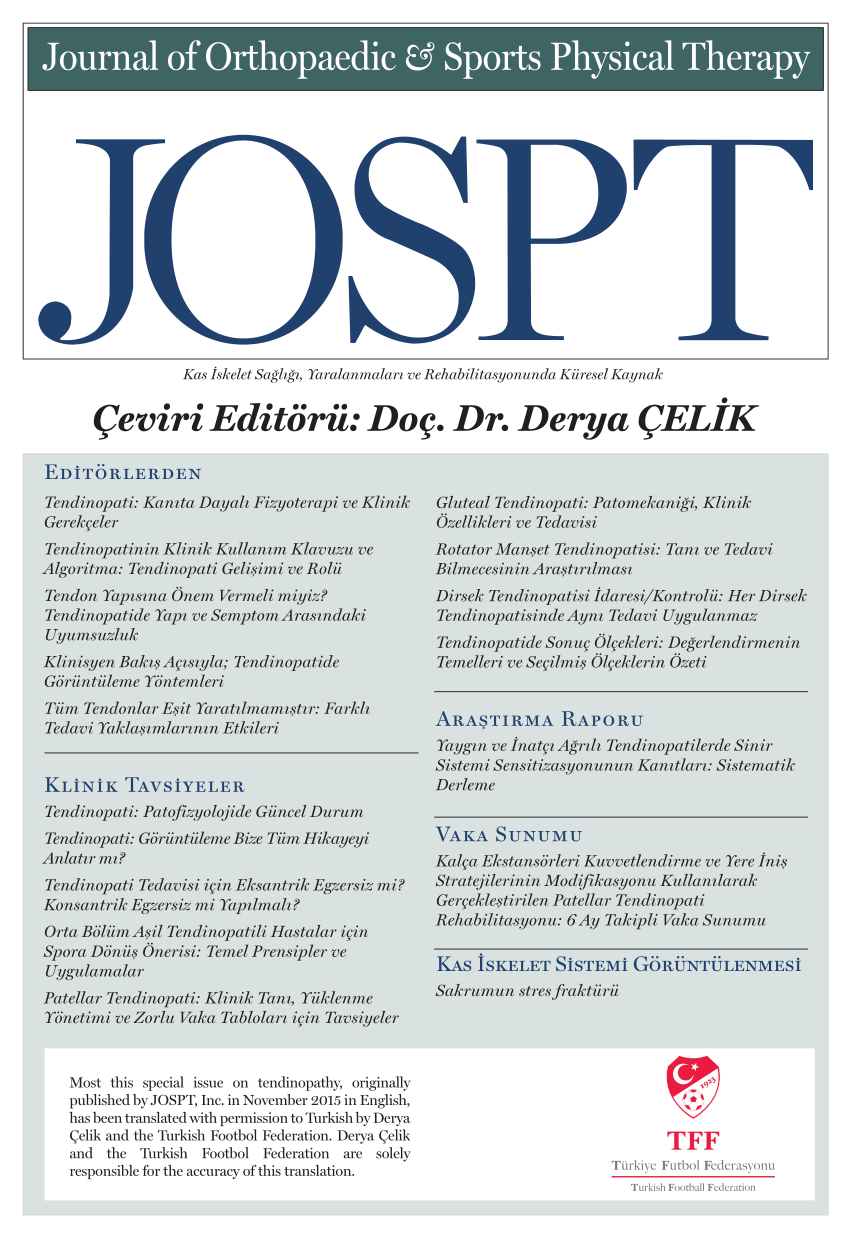
Shoulder impingement: Manual therapy added to exercise did not improve scapular kinematics

Shoulder impingement: Manual therapy added to exercise did not improve scapular kinematics
Effects of Stretching and Strengthening Exercises, With and Without Manual Therapy, on Scapular Kinematics, Function, and Pain in Individuals With Shoulder Impingement: A Randomized Controlled Trial
J Orthop Sports Phys Ther. 2015 Dec;45(12):984-97Did you know you're eligible to earn 0.5 CME credits for reading this report? Click Here
Synopsis
46 patients with shoulder impingement syndrome (SIS) were randomized to undergo exercise alone or in combination with manual therapy in order to investigate the effects of additive manual therapy on scapular kinematics, pain, and function. Scapular mechanics and functional outcomes were largely unaffected by the interventions, however pain outcomes were affected differently by both treatments. Exe...
To view the full content, login to your account,
or start your 30-day FREE Trial today.
FREE TRIAL
LOGIN
Forgot Password?
Explore some of our unlocked ACE Reports below!

Learn about our AI Driven
High Impact Search Feature
Our AI driven High Impact metric calculates the impact an article will have by considering both the publishing journal and the content of the article itself. Built using the latest advances in natural language processing, OE High Impact predicts an article’s future number of citations better than impact factor alone.
Continue



 LOGIN
LOGIN

Join the Conversation
Please Login or Join to leave comments.